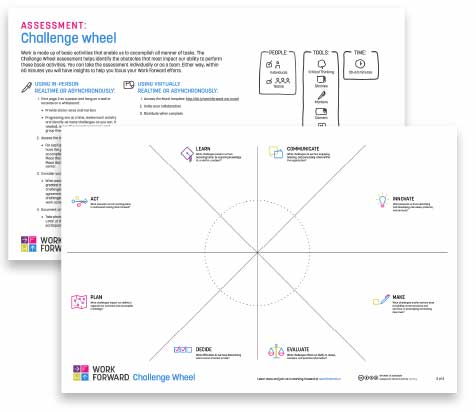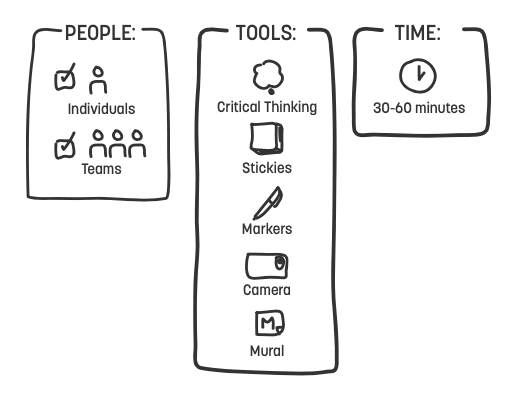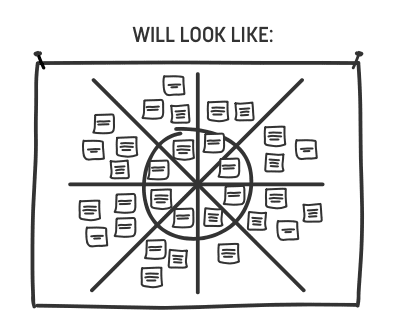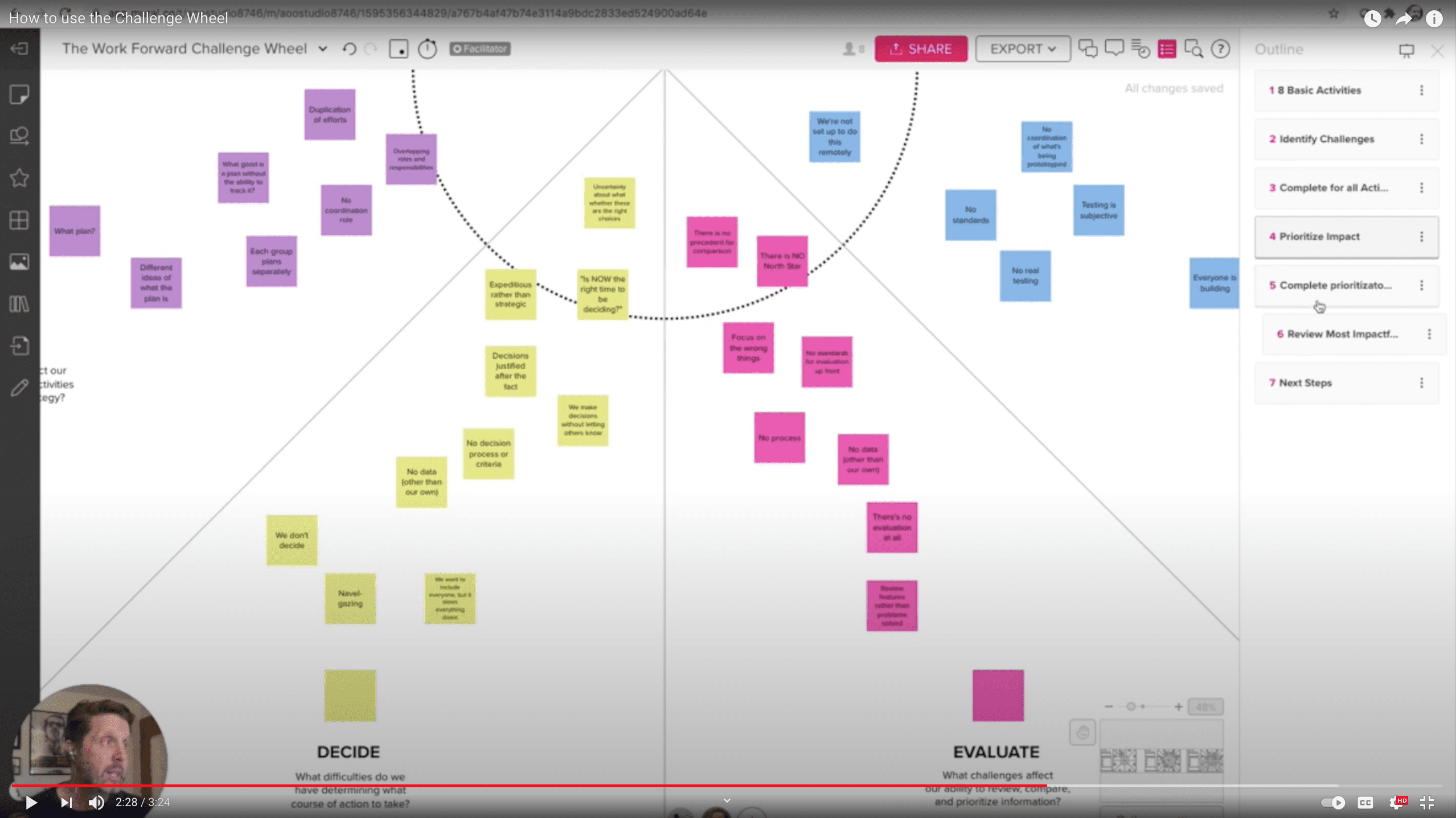Working forward – where do you start?
Maybe you're a leader and you've just inherited a new team. Maybe your organization is undergoing a transformation, or maybe it's just time as a team to revisit how you get things done. Depending on how you want to use it, completing the Challenge Wheel activity should take about an hour and could lead to insights and opportunities for the path to a better way of working.
Wednesday, March 24, 2021
 The Challenge Wheel explores eight basic activities that we perform to accomplish our work tasks. You can use these as the foundational building blocks of work. They’re role-agnostic, meaning they apply equally to any function within the organization. From sales and finance to product development and customer support.
The Challenge Wheel explores eight basic activities that we perform to accomplish our work tasks. You can use these as the foundational building blocks of work. They’re role-agnostic, meaning they apply equally to any function within the organization. From sales and finance to product development and customer support.
- Communication: What challenges do we face engaging, listening, and persuading others within the organization?
- Innovation: What prevents us from identifying and developing new ideas, products, and services?
- Making: What challenges and/or barriers exist to building current products and services, or prototyping and testing new ones?
- Evaluatiing: What challenges affect our ability to review, compare, and prioritize information?
- Deciding: What difficulties do we have determining what course of action to take?
- Planning: What challenges impact our ability to organize our activities and accomplish a strategy?
- Acting: What prevents us from putting plans in motionand moving them forward?
- Learning: What challenges prevent us from becoming better by acquiring knowledge of, or skill in, a subject?
Tips for use
 When you facilitate your team session, pick an activity to begin. It doesn’t matter where you start, but we recommend beginning in an area where there are some known challenges.
When you facilitate your team session, pick an activity to begin. It doesn’t matter where you start, but we recommend beginning in an area where there are some known challenges.
Ask participants to generate as many challenges as they can think of and add them into the Challenge Wheel Template. Try to avoid overthinking and discussion. Once participants are comfortable with this process, move around the Challenge Wheel addressing each activity one at a time. If you have a lot of participants, or you’ve got a lot of responses and stickies, affinity map them, or group them into similar categories within each activity.
Once you’ve generated all of your activities’ challenges, it is time to review the challenges within the chosen activity and work as a team to identify which of them most impact your ability to deliver. Place the most impactful closest to the center, and work outward from there. Expect that this will generate some good conversation, but keep the team moving until you’ve completed this for each activity. As a final step, now’s the time to look at the challenges within the circle.
 Have a discussion with your group to explore if there are common challenges. Can you identify a common theme? Is there a single activity that stands out? You may even want to share your results with others for their input and observations.
Have a discussion with your group to explore if there are common challenges. Can you identify a common theme? Is there a single activity that stands out? You may even want to share your results with others for their input and observations.
Remember, the Challenge Wheel isn’t about creating solutions. Instead, it’s about identifying and better understanding the challenges that are preventing you from doing your best work. So now that you’ve completed the Challenge Wheel, your next step will be to dive more deeply into your biggest challenges and begin to solve them using Work Forward principles.


